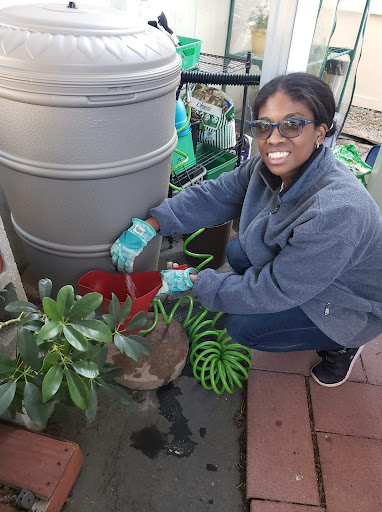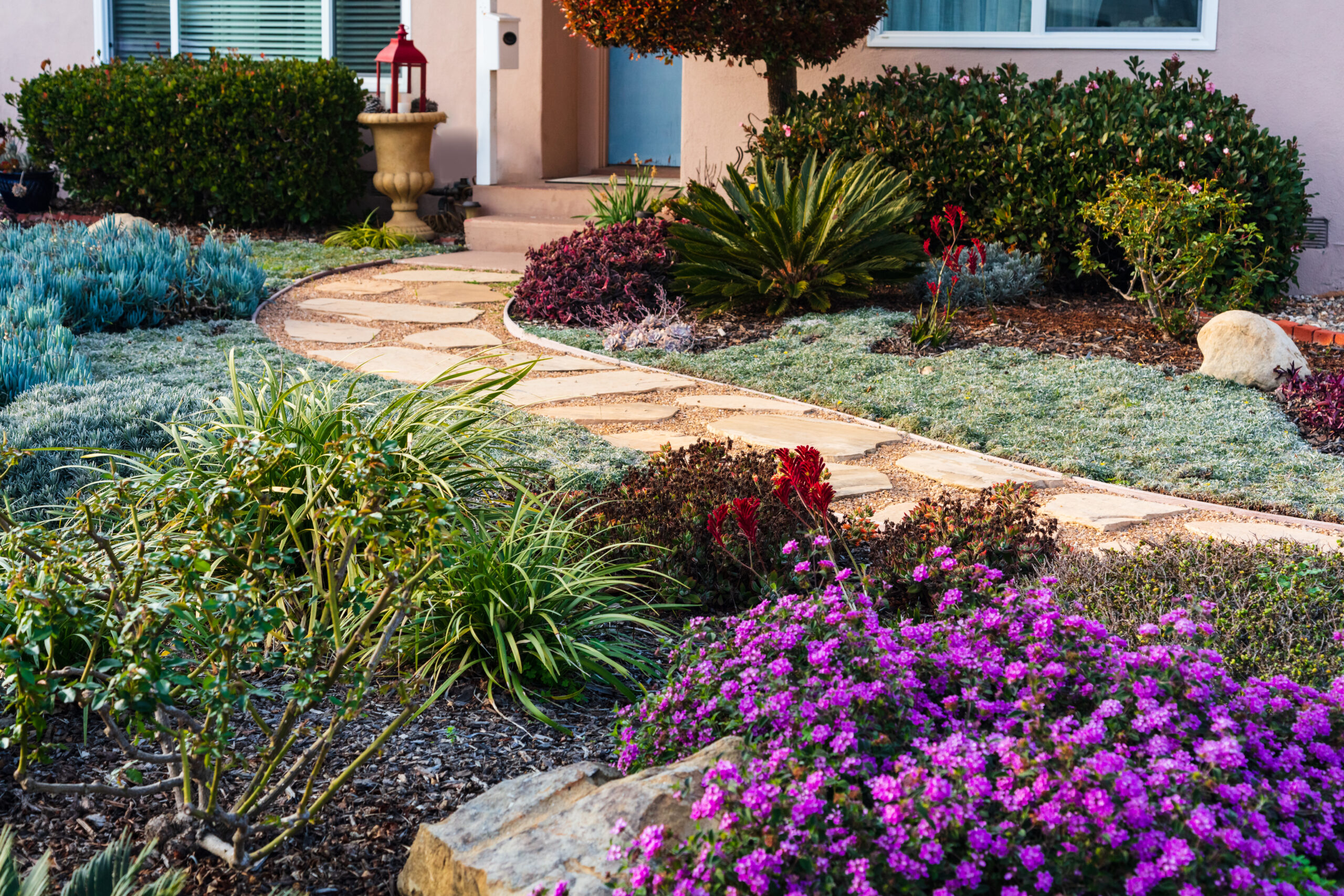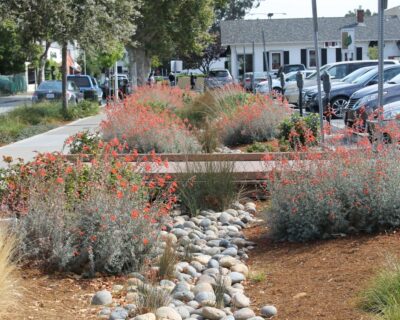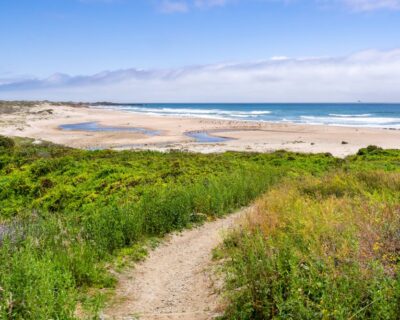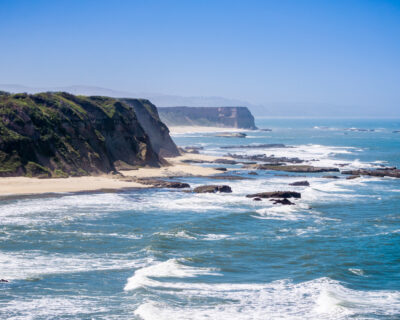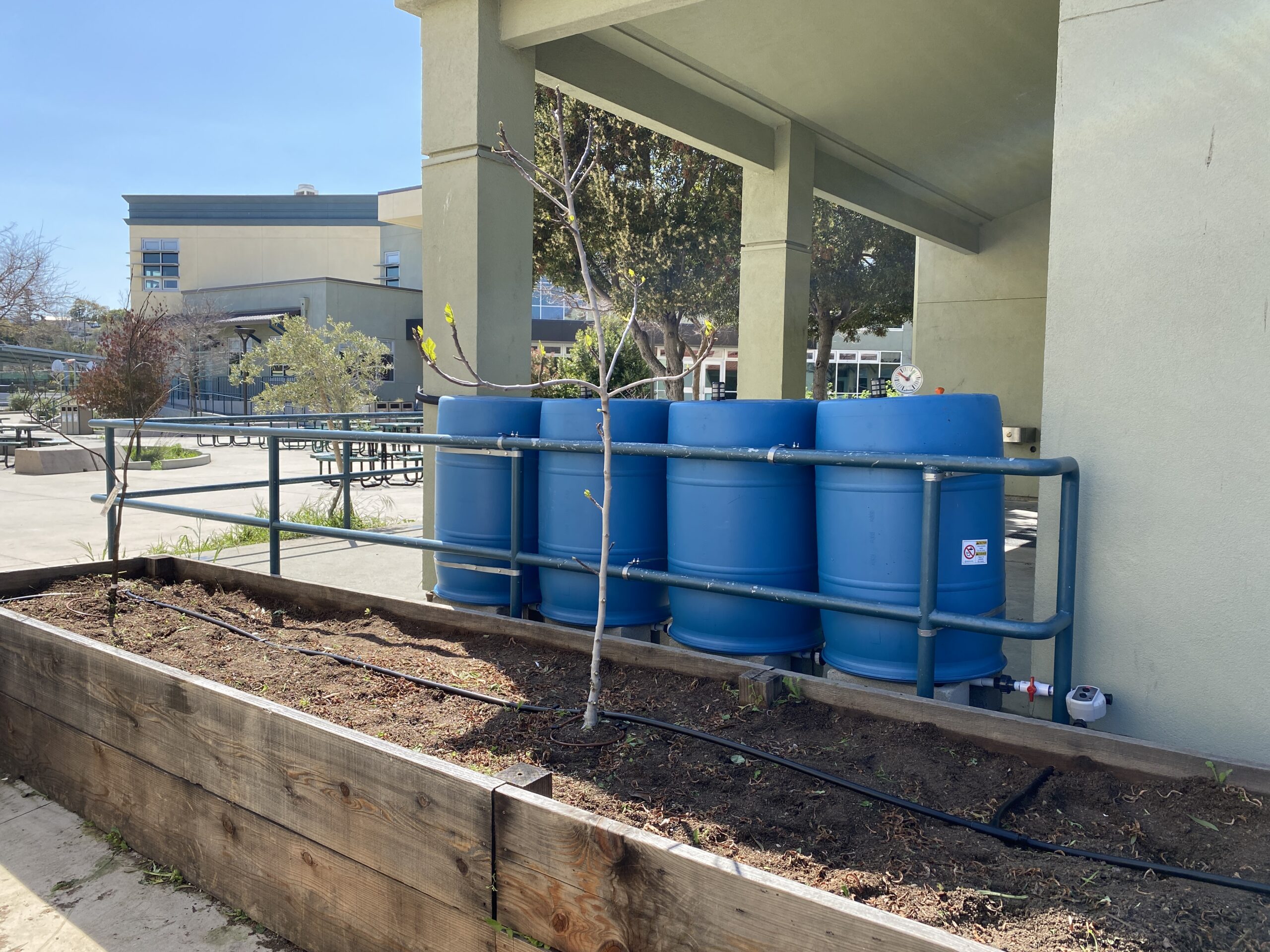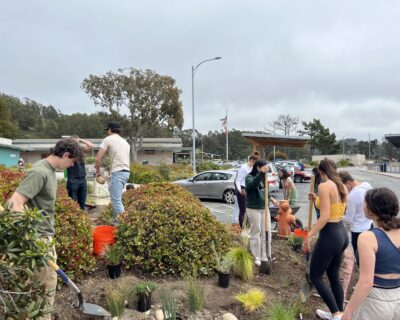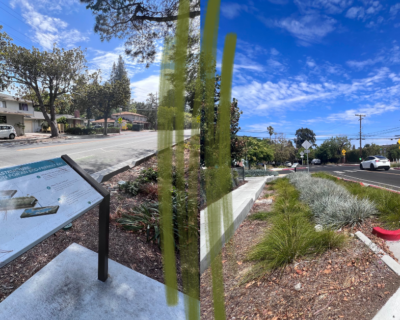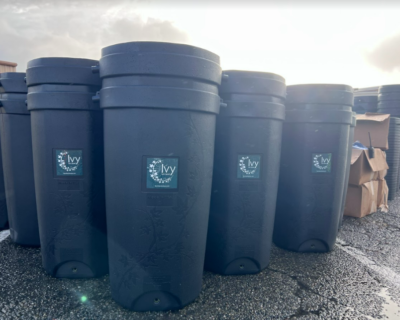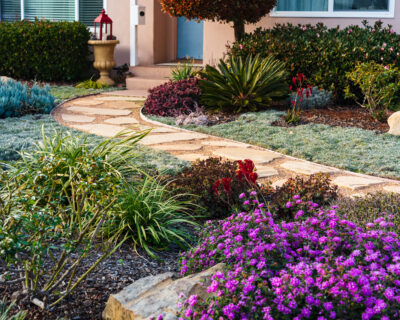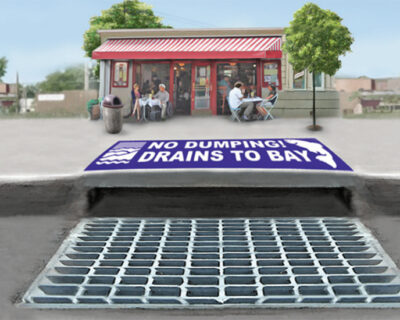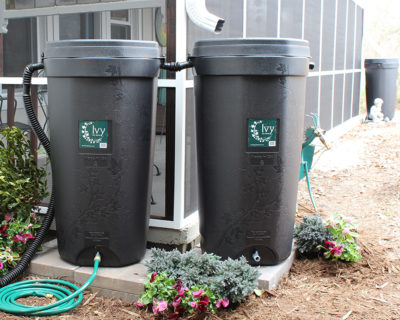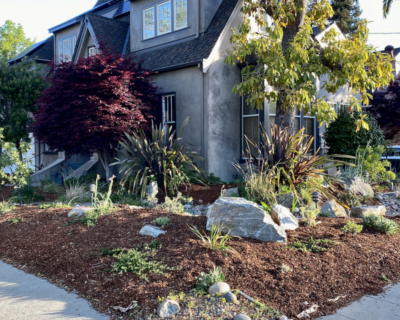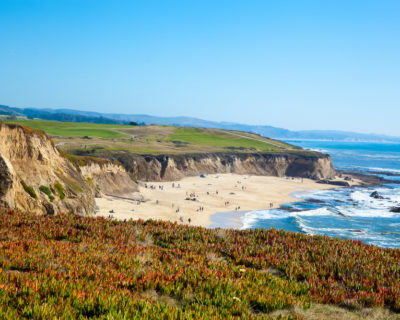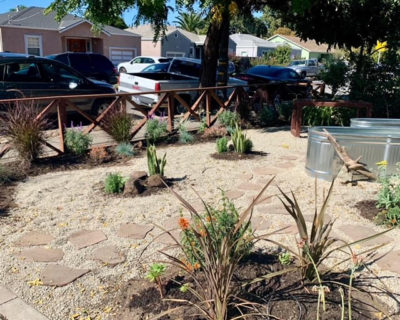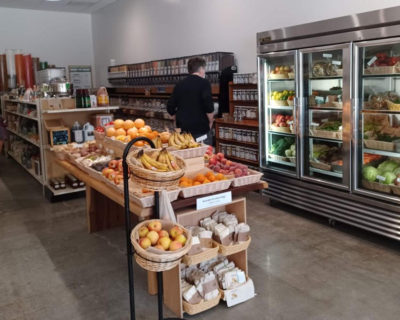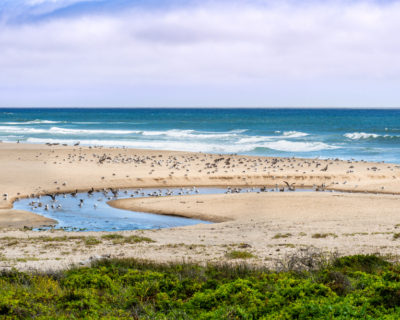Improving your garden by introducing native plant life is an easy and visually attractive way to protect our water resources from stormwater (rainwater) pollution! Native plants act as the “first line of defense” and filter pollutants that would otherwise travel to waterways. Working as a natural filtration system is just one of the many environmental benefits native plants provide.
The Benefits of California Native Plants
With winter on the horizon and the rainy season among us, now is the time to consider how colder and wetter conditions impact water conservation efforts in our yard and garden. California is still in a drought, so make the most of the gift of rain this season and incorporate native plants into your landscape to maximize the benefits of rain while minimizing rainwater runoff pollution!
San Mateo County receives an average of 24 inches of rain per year, with the rainy season lasting from October to May. During this period, the excess rainwater that does not soak into the ground travels on streets and pavements (also known as impermeable surfaces) and will pick up pollutants along the way into storm drains, which drain into local creeks, the San Francisco Bay, and the Pacific Ocean. Because native plants are best suited for the semi–Mediterranean climate, their deep roots absorb rainwater and prevent runoff from ever reaching these impermeable surfaces.
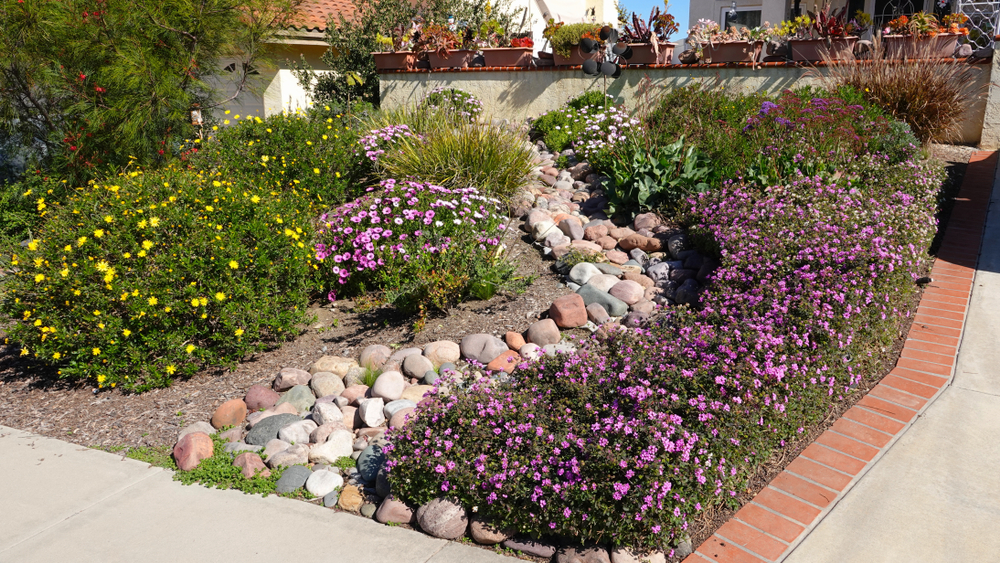
Permeable surfaces on the other hand work to counter the effects of runoff from rainwater and irrigation. Permeable surfaces are areas of land that contain materials such as mulch and turf. These materials allow water to trickle through while filtering out pollutants. There are also permeable paving surfaces for driveways and walkways, such as interlocking concrete pavers, porous asphalt, and pervious concrete. The combination of native plants and permeable surface materials prevents harmful chemicals and waste from traveling through the environment when it rains.
When deciding which native plants to surround your permeable walkways and driveway, consider adding Yerba buena, Hummingbird sage, or other climate-friendly plants. These plants do well in areas like San Mateo County, meaning you can enjoy a thriving yard that’s both beautiful and environmentally beneficial all season long. For more plant-related recommendations, check out these resources from the UC Master Gardeners of San Mateo & San Francisco Counties.
Maximize the Power of Native Plants with Your Very Own Rain Garden!
Have you heard about rain gardens? Do you know how they work? If not, we’ve got you covered!
A rain garden isn’t a garden of rain – it’s actually a garden comprised of native shrubs, flowers, and perennials planted in a shallow hole made for rainwater collection. Rain gardens with native plants are a powerhouse for rainwater absorption.
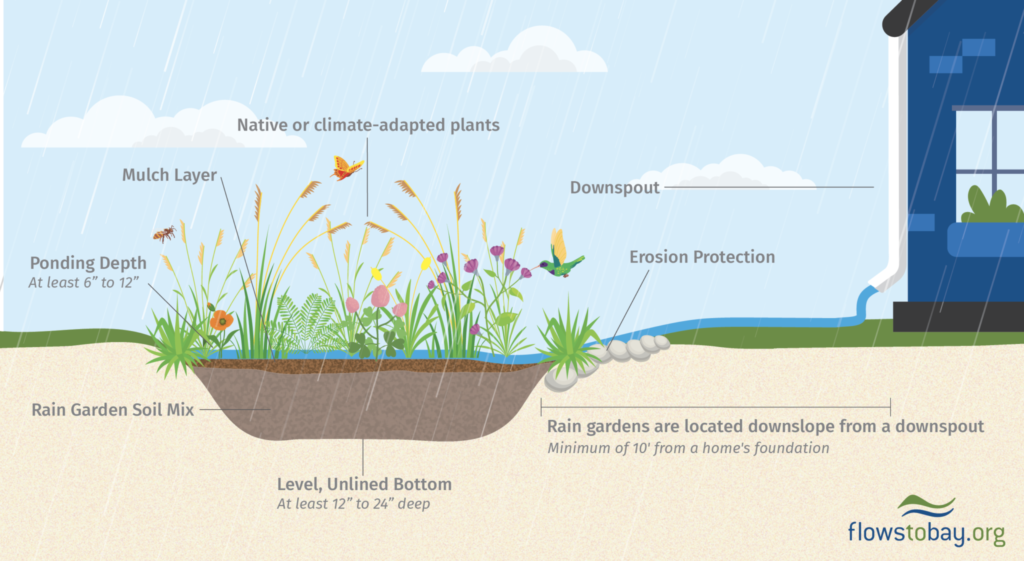
Rain gardens are both aesthetically pleasing and environmentally functional. The strategic placement of rain gardens allows rain runoff (or stormwater runoff) to absorb into the garden’s flower bed, soaking up the rainwater that would usually sit at the foundation of your house or erode your soil.
To help you install your own rain garden and convert a traditional lawn to a water-efficient landscape at the same time, check out the Bay Area Water Supply and Conservation Agency’s (BAWSCA) “Lawn Be Gone” community-based rebate program. If you are a customer of a BAWSCA member agency, you are eligible to receive $1-4 per square foot of lawn replaced and can earn an additional $300 by adding a rain garden!
To see if you’re part of a BAWSCA member agency and for more information about the “Lawn Be Gone” rebate with rain garden addition, visit our “Rain Gardens & Rebate Program” web page here.
Support Our Waterways and Your Wallet through Rainwater Harvesting
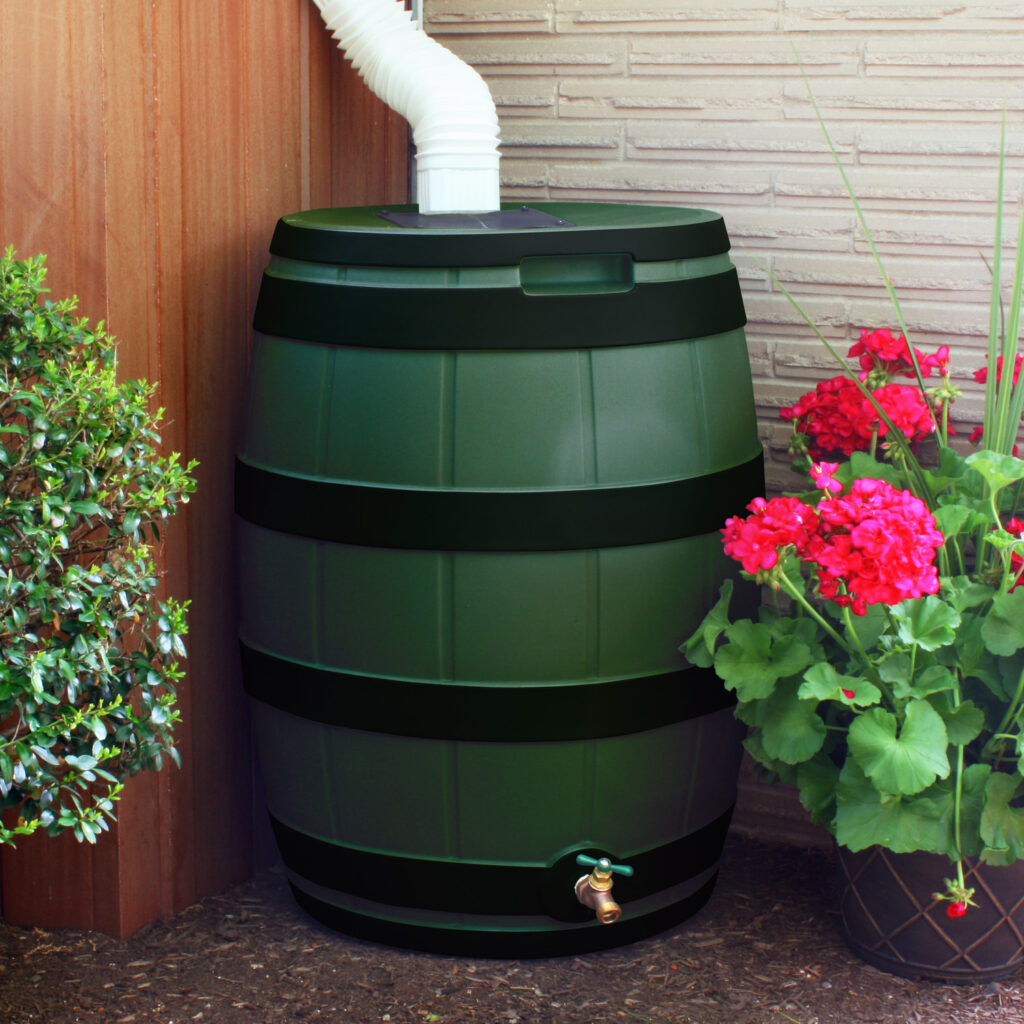
Rain barrels are containers positioned next to homes and other standing structures that collect water from downspouts or gutter converters during rainfall. Cisterns are large tanks used for the same purpose – usually for large properties and commercial buildings.
The water collected in rain barrels can feed the native plants in your garden during drought, which cuts down on potable water usage and reduces your water bill. Further, rainwater is optimal for gardening because rainwater is free of the chemicals and additives that are present in tap water, which compromises soil quality over time.
Like native plants, rain barrels and cisterns collect rainwater that would otherwise run onto the pavement/street and wash pollutants, debris (leaves), and chemicals (like motor oil) into nearby waterways through storm drains. When this happens, the water quality and organisms that live in neighborhood creeks, the San Francisco Bay, and the Pacific Ocean are impacted.
Learn more about the benefits of owning a rain barrel, the countywide rain barrel rebate, and if you qualify for an additional rebate from BAWSCA here. The combined rebates can cover up to 100% of the per-barrel price (pre-tax) for qualifying applicants!
Use Your Winter Garden to Improve San Mateo County
Use this winter season to make the most of natural resources. Turn rain (or stormwater) runoff into nutrients for plants and wildlife when you use rainwater collection in your winter gardening routine. Score some environmental brownie points by using native plants in your winter landscape, installing a rain garden, or using rain barrels to conserve water.
Simple actions like adding native plants and installing rain barrels and rain gardens are essential to creating a more resilient ecosystem in San Mateo County now and for future generations. Used individually or in unison, these actions significantly impact the surrounding environment and can benefit wildlife, preserve water and soil quality, and make San Mateo County a healthier place to live.
To learn more about stormwater pollution, native plants, rain barrels, and rain gardens, visit flowstobay.org.
Share a photo of you with your rain barrel setup, tag @Flowstobay in your caption on Instagram and Facebook, and be sure to include the hashtag #FlowsToBarrel – we’d love to see you in action making that positive impact!
